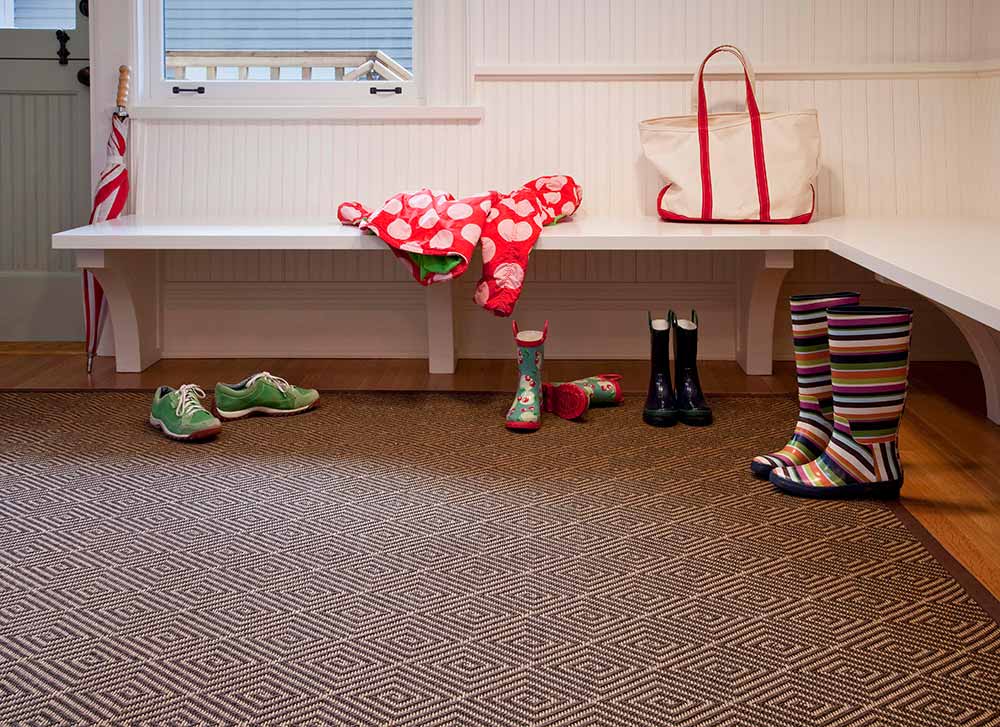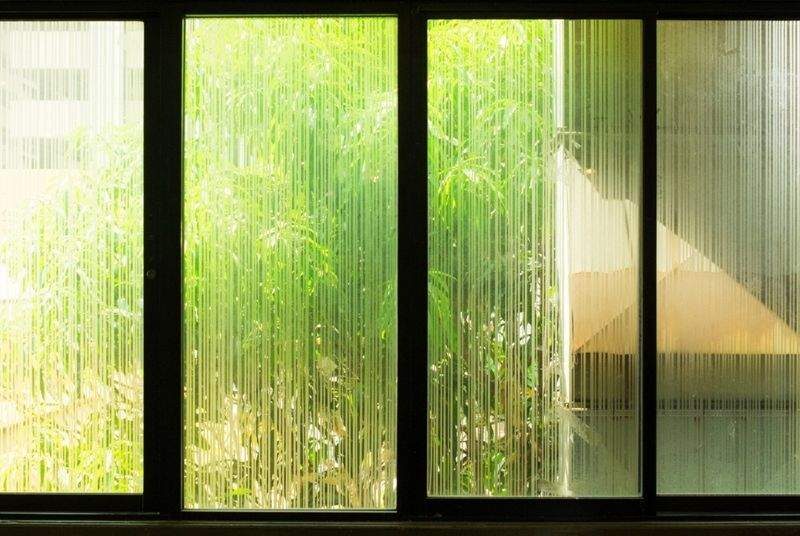Walk on cheap carpet and you can feel the backing through the fibers. Walk on quality carpet and your feet sink into thick, supportive cushioning. That difference is density – how tightly fibers pack together in the carpet backing. It’s one of those technical specifications that salespeople mention but don’t always explain properly, yet it affects nearly everything about how carpet performs in real life. Understanding density helps make sense of why some carpets cost twice as much as others that look similar at first glance, and why that price difference often justifies itself over the carpet’s lifetime.
Density matters more than most of the other specifications that get attention during carpet shopping. Fiber type and color are visible and easy to understand. Warranty terms sound important. But density determines how the carpet feels underfoot, how well it resists crushing and matting, how long it maintains its appearance, and ultimately how many years it lasts before needing replacement. Getting this wrong means either overpaying for density you don’t need or buying inadequate carpet that looks worn out within a few years.
What Density Actually Means
Carpet density measures how closely fibers pack into each square inch of backing material. More fibers in a given area means higher density. This is different from pile height (how tall the fibers stand) or face weight (the total weight of fiber per square yard). Two carpets can have identical pile height and face weight but different densities if the fibers are twisted or constructed differently.
The technical measurement uses ounces per cubic yard, but that number doesn’t mean much to most people shopping for carpet. What matters is understanding that denser carpet has less space between fibers. Those tightly packed fibers support each other, resist crushing under foot traffic, and bounce back better after compression.
Think of it similar to foam density. Low-density foam compresses easily and stays compressed. High-density foam resists compression and returns to its original shape. Carpet fibers work the same way – more fibers supporting each other means better performance under the constant compression that happens with walking.
How Density Affects Initial Feel
Dense carpet feels substantial underfoot immediately. There’s a sense of support and cushioning that lower-density carpet can’t match. The fibers resist your weight rather than immediately compressing to the backing. This creates that luxury hotel feeling versus the budget motel experience.
But here’s where it gets interesting – extremely plush, soft carpet isn’t always the densest. Longer, softer fibers can feel luxurious but might have lower density than shorter, stiffer fibers packed tightly. The feel comes from a combination of density, pile height, and fiber softness. Residential options at suppliers such as carpet specialists demonstrate how various density levels paired with different construction styles create distinct feels suited to different preferences and room applications.
For bedrooms where comfort matters most, moderate to high density with softer fibers creates that sink-your-feet-in feeling. For high-traffic areas, very high density with more resilient fibers provides necessary durability even if it feels slightly firmer initially.
Resistance to Crushing and Matting
This is where density really proves its worth over time. Every footstep compresses carpet fibers. In low-density carpet, those fibers have room to lay down and stay down, creating traffic patterns and matted areas that make carpet look worn even when the fibers themselves aren’t damaged.
High-density carpet resists this crushing because the fibers pack so tightly they support each other. When compressed, they have less room to move and flatten. They spring back to vertical position more effectively. This keeps carpet looking fresh and maintains that cushioned feel even in areas that see constant foot traffic.
Traffic lanes in hallways and high-use areas show this difference dramatically. Low-density carpet develops visible wear patterns within months. High-density carpet in the same conditions might take years before showing significant crushing. The visual difference between worn and unworn areas stays minimal longer.
Longevity and Wear Patterns
Carpet doesn’t usually fail because fibers break or wear away (unless we’re talking about extremely cheap products). It fails because it looks terrible – crushed, matted, with obvious traffic patterns that no amount of cleaning fixes. Density is the primary factor determining how long carpet maintains an acceptable appearance.
In low-traffic rooms like guest bedrooms, density matters less because crushing isn’t significant. Even moderate-density carpet lasts decades when rarely walked on. But in family rooms, hallways, stairs, and entryways, density directly determines lifespan. The difference between adequate and high density might be four years versus eight or ten years of good appearance.
This is where the cost calculation gets interesting. Dense carpet costs more upfront – sometimes 50-100% more than lower-density alternatives. But if it lasts twice as long, the per-year cost actually drops. Replacing carpet is expensive and disruptive. Doubling the replacement interval through better initial selection saves money and hassle long-term.
Stain Resistance and Cleaning
Dense carpet cleans better and resists stains more effectively than low-density alternatives. When spills happen, liquid sits on top of tightly packed fibers longer before soaking down to backing. This provides more time to blot up spills before they set.
The tight fiber pack also means less dirt reaches the backing. Dirt that makes it to backing is much harder to remove than dirt sitting on or between fibers near the surface. Dense carpet keeps more contamination accessible to vacuum cleaning rather than letting it sift down where it’s trapped.
This doesn’t mean dense carpet is stain-proof – fiber type and treatments matter more for chemical stain resistance. But the physical structure of dense carpet makes routine cleaning more effective and reduces the deepest dirt accumulation that eventually makes carpet look dingy regardless of cleaning efforts.
Cost Justification by Room
Not every room needs maximum density. Understanding where density pays off helps allocate budget effectively rather than either buying inadequate carpet everywhere or overspending on density that isn’t necessary.
High-traffic areas justify premium density. Hallways see constant foot traffic from everyone in the household, often multiple times daily. Stairs endure concentrated impact on each tread. Entryways take both traffic and dirt from outside. These locations benefit enormously from high density that resists the crushing and matting that happens quickly with inadequate carpet.
Family rooms, home offices, and other daily-use spaces need good density but perhaps not maximum. These rooms see regular traffic but not the concentrated paths that hallways experience. Mid to upper-range density provides good longevity without the premium cost of the highest-density options.
Bedrooms allow for more flexibility. Master bedrooms with carpet in walking paths around the bed need reasonable density, but guest bedrooms that see occasional use don’t justify premium density. The carpet might be replaced for style reasons before it ever wears out from traffic.
Density vs. Padding
Here’s something that confuses people – carpet padding and carpet density both affect feel and performance but in different ways. Dense carpet with inadequate padding doesn’t perform optimally. Neither does low-density carpet on premium padding.
Padding provides the base cushioning and support. It affects how carpet feels underfoot, reduces noise, and extends carpet life by absorbing some impact. But padding can’t compensate for low-density carpet that crushes and mats from traffic. The padding stays fine while the carpet surface looks worn.
Think of them as separate but complementary. Dense carpet needs appropriate padding to perform its best. Premium padding under low-density carpet helps but can’t prevent the crushing and matting that density prevents. Both need attention during selection, but density is the specification that determines the carpet surface performance that’s actually visible.
Making the Density Decision
The right density balances cost against expected use. Buying maximum density everywhere wastes money in low-traffic areas. Buying inadequate density in high-traffic locations creates premature replacement needs that cost more long-term than the initial savings.
Start by honestly assessing traffic patterns. Which areas see daily use from everyone in the household? Which rooms stay empty most days? Match density to reality rather than treating all carpet areas identically.
Consider timeline plans. Carpet that needs to last fifteen years requires higher density than carpet being replaced in five years for style updates. If room use might change (a playroom becoming an office, for example), err toward higher density that handles various demands.
Factor in household composition. Families with young children or pets need density that withstands their activities. Empty nesters without pets can often choose lower density successfully in appropriate rooms.
The goal is carpet that maintains its appearance and performance for its intended lifespan in its specific location, without either failing prematurely or overpaying for excessive durability that will never be tested.



